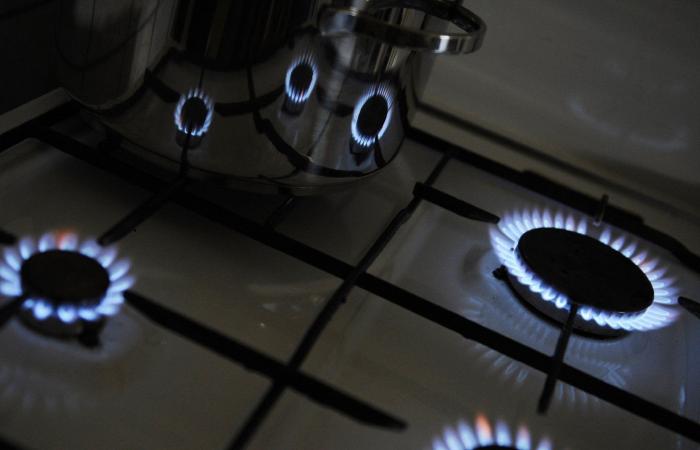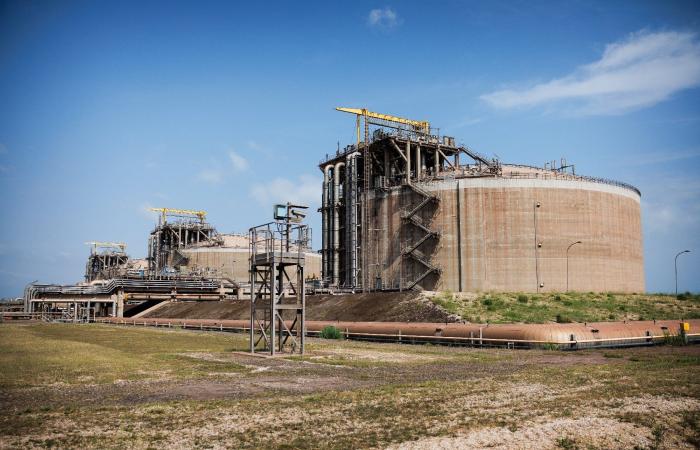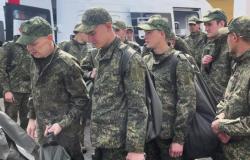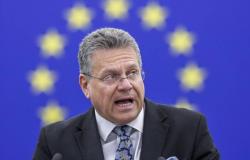On the sidelines of a session of MEPs in Strasbourg, the European Commissioner Dan Jorgensen will present this long -awaited roadmap, the subject of several months of floats.
Since the Russian invasion in Ukraine, the European Union has established an embargo on Russian oil at the end of 2022 and then has tried to dry up its gas supply by gas pipeline.
But the EU has partially turned towards liquefied natural gas (LNG), transported by ship, unloaded in ports, regzéified then injected into the European gas network.
And behind the United States (45.3%), Russia occupies a large place with almost 20% of EU LNG imports in 2024 (17.5% according to Eurostat and 19% according to IEEFA, a specialized reflection center).

In an attempt to do without Russian energy, “the guiding principle is the diversification of supplies,” said a spokesperson for the Commission, Paula Pinho, a few days ago.
The EU had mentioned several months ago the possibility of further increasing its American LNG imports. But trade tensions with the United States of Donald Trump have scrambled the cards.
“We all agree to say that we have to get rid of Putin gas”, but the European plan to do without Russian energy “has been delayed due to the geopolitical situation,” deplored the Danish centrist MEP Sigrid Friis (Renew).
And it was not until May 1 that the European Commissioner in charge of Trade, Maros Sefcovic, suggests again in an interview with the Financial Times to “resolve very quickly” the dispute with the Trump administration thanks to purchases of American LNG or agricultural products like soy.
– France, gateway –
In the corridors of the Commission, we recognize that the discussions were particularly sensitive on the subject. Because some member states such as Hungary do not hide their proximity to Russia.
And some countries are more dependent than others in Moscow LNG.

France is, for example, on the front line with its five regzéification terminals including that of Dunkirk. According to the IEEFA, it increased its Russian LNG imports by 81 % between 2023 and 2024 and paid 2.68 billion euros to Russia.
Nothing has so far filtered the plan which must be presented on Tuesday. Will there be a proposal for an embargo against Russian liquefied gas in more or less long term?
“This option could be very difficult to implement” because it requires the unanimity of the 27, exhibits Simone Tagliapietra, specialist in European questions at the Bruegel reflection center.
Given this constraint, a significant increase in customs duties on all imports of Russian gas (gas pipelines and LNG) “could be the most viable option for the EU,” he said.
Beyond this sensitive subject of liquefied gas, the European Commission continues to underline all the efforts which have been made to reduce dependence on Russian fossil fuels since the invasion of Ukraine.
In a few years, “we have gone from 45 % of gas imports (gas pipelines and LNG) from Russia to 18 %. We went from one barrel of oil out of five to one barrel out of fifty,” insisted Ursula von der Leyen, at the end of April in London.
But “we all know that there is still a lot to do,” added the president of the commission, who no longer wants to “depend on a hostile power for our energy supply”.










